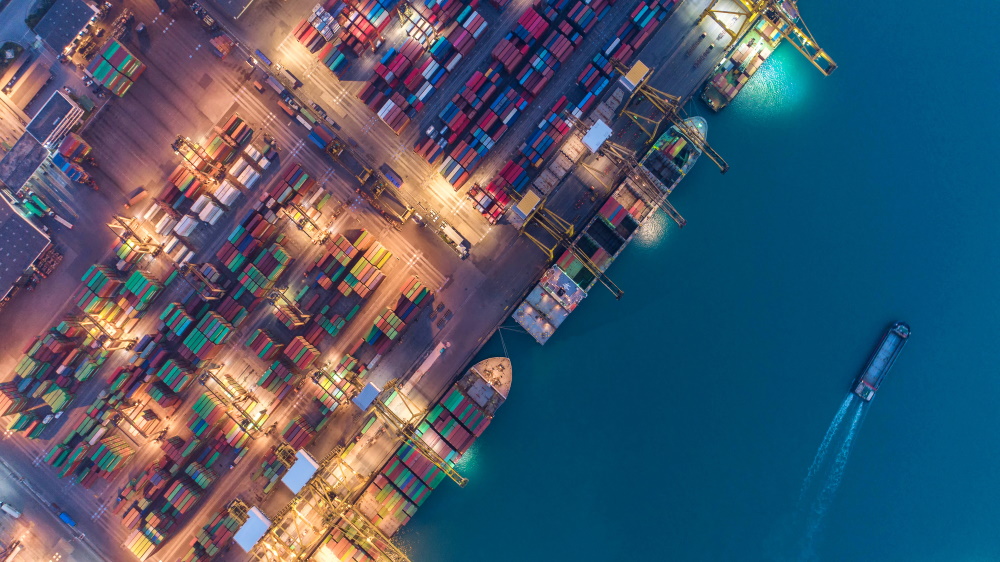Trade finance accounts for 3% of global trade, worth some $3tn annually. Simply put, it’s the financing of trade in a company life cycle, whether you’re sending goods, services or commodities, a variety of financial instruments are used to structure this, under the umbrella term ‘trade finance’. Trade finance includes Letters of Credit (LCs), export finance and credit agencies, receivables and invoice finance, as well as bank guarantees.
Why is trade financing important?
Trade Financing (also known as supply chain and export finance) is a huge driver of economic development and helps maintain the flow of credit in supply chains. It is predicted that 80-90% of global trade is reliant on trade and supply chain finance, and is estimated to be worth around USD $10 trillion a year.
As a result of the global economic crisis in 2008, export markets reduced in size by around 40-50%, SMEs being the hardest hit. The knock-on effect was that lending decreased as investor’s appetite for risk decreased, and banks had to reduce the sizes of their loan books.
Who benefits from trade finance?
Export finance has many beneficiaries: developing countries, governments, small and medium enterprises. SMEs are engines for economic growth and development, accounting for around 99% of businesses, 50% of employment and driving around 30% of private-sector revenue in the UK.
In relation to export finance and the supply chain, many SMEs play a large role in the running of multinational corporations and larger companies. SMEs require access to finance to fulfill larger contracts, import goods from overseas and create wealth, jobs and develop economies.
